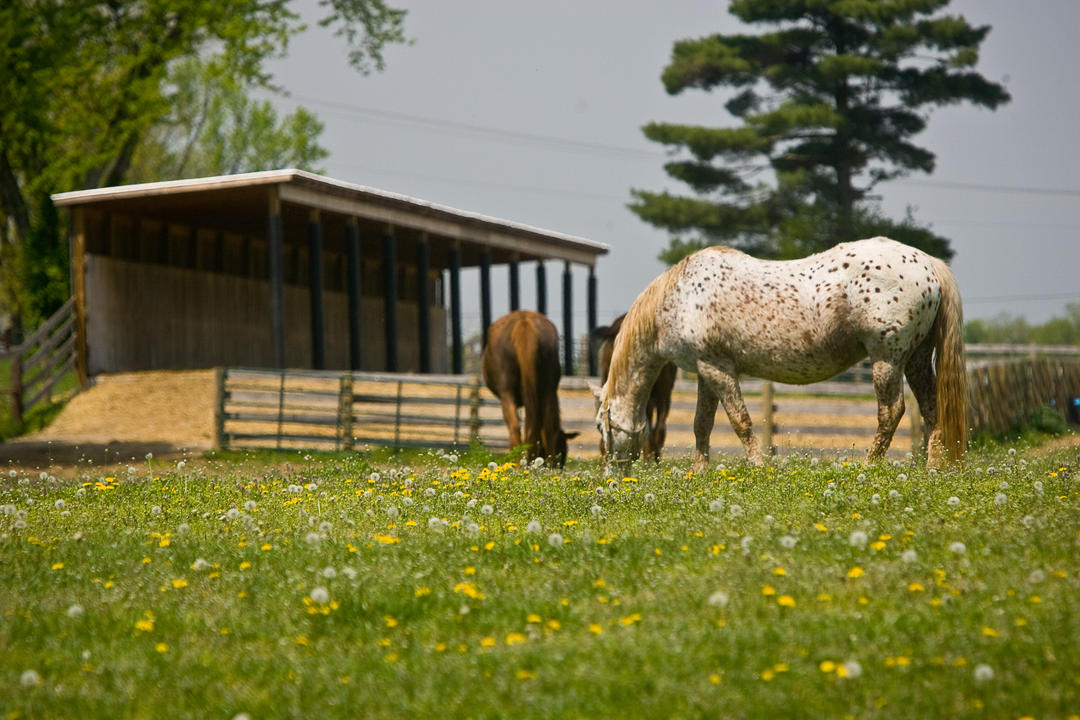Livestock heat stress emergency issued
Livestock heat stress emergency issued


The extremely hot temperatures forecasted for later this week should have livestock producers on alert.
This summer continues to be dry and hot, to the extreme. Highs in the upper 90s and lower 100s toward the end of June and into the first part of July will push the Livestock Heat Stress Index into the emergency category. Producers should take precautions.
“The combination of hot, muggy weather conditions prompts some real concern for humans, as well as livestock and pets,” said Tom Priddy, meteorologist in the University of Kentucky College of Agriculture. “The livestock heat index is a combination of air temperature and humidity. That one-two punch makes it hazardous for people and animals. Dew point temperatures above 65 degrees lead officials to declare conditions dangerous for livestock.”
The Livestock Heat Stress Index helps producers know when heat stress could create a problem for their animals, Priddy added.
Periods of heat stress call for livestock producers to be vigilant in making sure their animals are able to withstand the conditions.
UK College of Agriculture livestock specialist Jeffrey Bewley said the most important things producers can do are to provide cool, clean water and shade, with buildings as open as possible to help keep animals’ internal body temperatures within normal limits. Sprinkler systems that periodically spray a cool mist on the animals also are beneficial.
To keep animals from becoming overheated, producers should not work them during periods of heat stress.
“Certainly, you do not want to work livestock in this kind of weather – veterinarian work, reproductive checks or vaccinations,” he added.
Producers should also avoid transporting livestock during a heat stress danger or emergency period. If they must move animals during this time, producers should try to do so with fewer animals per load. Planning trips so producers immediately can load animals before leaving and quickly unload upon arrival can help minimize the risk.
Normal temperatures for this time of year average between 77 and 79 degrees, so these temperatures are far from ordinary. Coupling that with a prolonged dry period resulting in low humidity and dry vegetation creates an elevated fire danger through at least the end of June, Priddy said.
Priddy’s eight to 14-day outlook calls for above-normal temperatures and below-normal precipitation. He said some areas in Western Kentucky from Bowling Green and south, could reach as high as 105 degrees on Friday.
For current conditions and forecasts, visit the Ag Weather Center website at http://weather.uky.edu.
Equine Extension Livestock Weather


